Laser System Targets Friendly Fire
Military.com May 16, 2007
It's a deadly problem that has plagued U.S. forces in every conflict. And though military officials have been highlighting it for years, they still haven't found a solution everyone can agree on.
Friendly fire accounts for enough U.S. and allied casualties that it's a cause of grave concern among commanders in the field - with ever-more lethal and precise weaponry sitting in the U.S. arsenal, mistaken targeting carries with it a lethal guarantee.
One company that's trying the lift the cloud of doubt has developed an innovative way to identify friendly forces in a fraction of a second.
Brought to you by the same folks who make the Multiple Integrated Laser Engagement System - or "MILES" gear - used in field exercises, the new Optical Combat Identification System developed by Cubic Defense Systems presents a simple solution to a nagging problem.
"A few years ago we got to thinking about other applications of laser technology and that led us to do research in other wavelengths unrelated to MILES," said Steve Sampson, VP in charge of advanced programs at Cubic Defense. "The nature of warfare has changed and it's required that out whole application of technology has had to refocus."
Cubic has developed and tested a system that works both on vehicles and, more importantly, can be placed within the gear of dismounted troops. The way it works on a dismounted Soldier is through a laser "interrogator" mounted on his rifle and "smart reflector" embedded in the target Soldier's gear. When a trooper targets a potential enemy, he presses a button that activates an eye-safe laser beam that shoots to a man-sized target as far as one kilometer away.
The smart reflectors mounted in the Soldier's equipment - which are matchbook-sized devices placed to allow 360-degree coverage - absorb the laser beam, remodulate it, and send back a signal that tells the shooter he's a friendly. The answer can be displayed in the Soldier's rifle sight.
And it all happens in less than a tenth of a second.
"For years the Army focused on combat ID on the high-value, big armored platforms - but we're not having big armored tank battles in downtown Baghdad anymore; it's dismounted, urban warfare," Sampson said. "Only in the last few years has laser technology gotten to the point where we can field something that is practical in size, weight and power for a dismounted Soldier or Marine."
The man-portable OCIdS gear includes batteries that can run for "thousands of interrogations" on the gun-mounted laser and "tens of thousands" of replies on the reflector, which uses a watch battery-sized power supply, Sampson explained. Vehicle-mounted interrogators can send and receive the laser signal over several miles using much greater onboard power generation.
Engineers at Cubic are still working to refine the system, spending about $20 million since 2005 to test the new combat ID technology. Another round of Army field tests are scheduled for this summer. Though Sampson doesn't expect a formal Army requirement for a system like his until around 2009, Cubic hopes to offer the man-portable system for less than $2,000 per soldier and around $20,000 per vehicle.
Sampson also said the technology in his OCIdS gear can be adapted for long-range communications - not just combat ID - but he was cagey about revealing the details.
"What we are able to accomplish today, physically wasn't possible a few years ago," Sampson said.



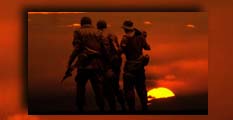







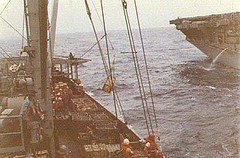
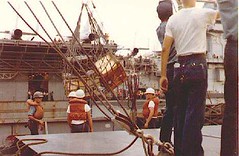
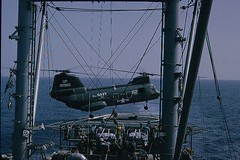
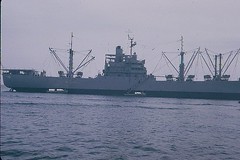






0 Comments:
Post a Comment
<< Home